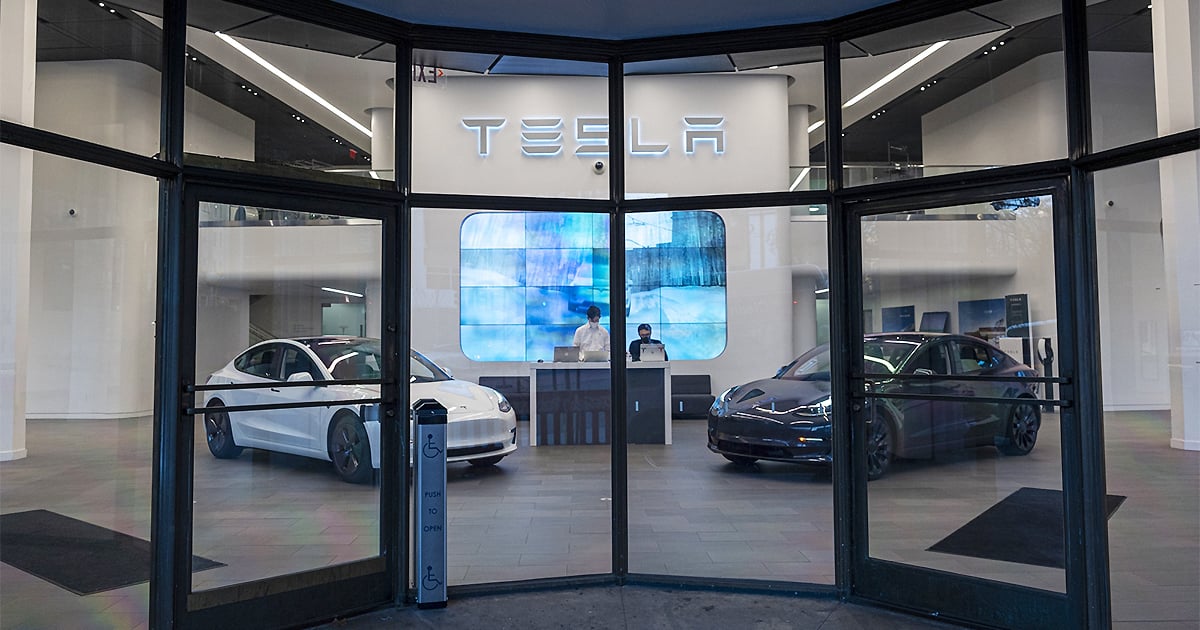
Subprime auto lenders are willing to finance electric vehicles, but they say few among their credit-challenged consumers are seeking those models.
Credit Acceptance Corp. Chief Treasury Officer Doug Busk said on an earnings call Aug. 1 that his company financed some EVs, but not many.
“The chief barrier there is just price,” Busk said. Credit Acceptance’s target customer had difficulty affording EVs, he said.
The average EV loan covers an amount 56 percent larger than a loan for an internal combustion engine model, according to Equifax data from the third quarter of 2018 through the second quarter of 2022.
Eighty percent of EV loans and leases historically have gone to borrowers with superprime credit scores of at least 720, compared with a 50 percent superprime share of all vehicle financing, according to Equifax. Correspondingly, the average EV interest rate has been 50 percent lower than that found on a gasoline-powered vehicle, the credit bureau said.
Eighty percent of Credit Acceptance’s loans in the second quarter involved customers with no credit score or a score below 650. Equifax defines near-prime as scores of 620-659 and subprime in the 580-619 range.
“The affordability just isn’t there,” agreed Matthew Phillips, CEO of Car Pros Automotive Group, whose Car Pros Kia Glendale in California is the No. 1 Kia EV dealership in the nation. He also said lenders have been tightening their subprime financing behavior in general, and “it’s harder to place subprime loans overall.”
Automotive Credit Corp. COO Michael Opdahl had a similar assessment during an Auto Finance Summit East subprime lending panel May 12.
The average Automotive Credit loan financed a vehicle eight to nine years old, Opdahl said. While the company was seeing some Nissan Leafs and first-generation Teslas in its portfolio, the lender’s customers were focused on affordable vehicles, not electric ones, he said.
“They’re not going to be the early adopters of Nissan Leafs,” he said.
Opdahl’s fellow panelists cited other factors constraining EV demand. Flagship Credit Acceptance Chief Risk Officer Scott Fontaine said 25 percent or less of Flagship’s customers owned a home, which constrained their ability to charge the vehicles overnight. Without the infrastructure to facilitate convenient charging, EVs will remain less popular among the segment Flagship served, he said.
Dave Goodgame, COO of buy-here-pay-here independent group Tricolor Auto, agreed.
“The EVs haven’t really hit our target consumer yet,” said Goodgame. He said inadequate charging infrastructure and consumers’ vehicle preferences and usage for work were barriers to adoption. Goodgame also pointed out the risk of the consumer needing an expensive repair on a financed EV. (Asbury Automotive Group Inc., for example, reported in July that its average EV repair order during the second quarter ran more than 1.5 times the amount of the average internal combustion vehicle repair bill.)
Equifax Automotive General Manager Lena Bourgeois said EVs could draw more interest from lower credit tiers as automakers debut more affordable models, though she said the complexity of EV tax credits also posed a barrier.
Affordability issues stem from rising prices outside the auto retail sector, and EVs can help, Bourgeois said.
“A lot of subprime, near-prime consumers are very financially savvy,” said Bourgeois. “And if they can afford … an electric car that doesn’t require them to pay for gas monthly, that’s going to be a consideration.
“It’s a matter of producing vehicles and prices for the mass market,” she said. “That’s going to change that trend.”